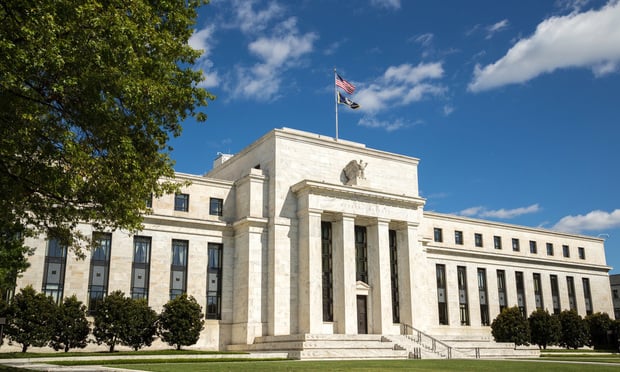WASHINGTON, DC-Small commercial real estate borrowers are still struggling to secure loans from lenders—and Dodd-Frank is one of the leading reasons why, according to economists at the National Association of Realtors. Even though many of the rules under the legislation have not yet been written, it is clearly having reshaping lending in this sector, NAR economist George Ratiu tells GlobeSt.com. "We are definitely seeing evidence of that, especially among lower-tier borrowers," he says.
Ratiu says the association first saw signs of this earlier this year when it conducted the 2012 Commercial Lending survey. Borrowers that relied on local banks, credit unions, regional banks and private investors—the main sources of small business finance--all reported tighter underwriting and scarcer loans by banks that have to reserve more assets. The problem is widespread, Ratiu adds. "Some 67% of commercial realtors have had sales transaction fail due to lack of financing over the last year or so." Besides the stricter lending requirements, Dodd-Frank is also culling banks from the herd, Ratiu says. "Dodd-Frank is leading to the closing or failure of many small banks.
The problems of small CRE borrowers were also highlighted in a separate report released last week by the US Small Business Administration Office of Advocacy. It found that the dollar value of small business loans outstanding totaled $587.8 billion in the second quarter, a drop of 0.4% from $590.2 billion in the previous quarter. The good news, relatively speaking, is that total small commercial real estate loans declined at one of the slowest rates since the start of the downturn, while small business commercial and industrial lending remained steady during the first half of 2012. It is the larger-sized institutions that seem to be less inclined to lend to CRE projects. According to the report, small business lending by large depository institutions with assets of $50 billion or more edged downward after remaining relatively flat with negligible increases in the previous four quarters—and the decline was generated primarily from CRE loans.
There are other challenges ahead, Ratiu says. Basel III, for example, has been put on hold while regulators seek out additional comments. "Basel III was designed for large international banks, but over last year there have been discussions of implementing it for regional and local banks."
Continue Reading for Free
Register and gain access to:
- Breaking commercial real estate news and analysis, on-site and via our newsletters and custom alerts
- Educational webcasts, white papers, and ebooks from industry thought leaders
- Critical coverage of the property casualty insurance and financial advisory markets on our other ALM sites, PropertyCasualty360 and ThinkAdvisor
Already have an account? Sign In Now
© 2024 ALM Global, LLC, All Rights Reserved. Request academic re-use from www.copyright.com. All other uses, submit a request to [email protected]. For more information visit Asset & Logo Licensing.








